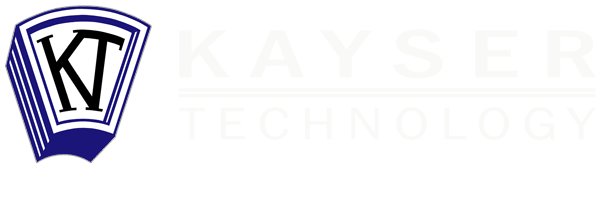Company News
NEW TECHNOLOGY CENTER
- Details
Kayser Technology, Inc. opens new Technical Center with six ACE Technology® pilot plants, five gas chromatographs, and various other equipment.
See Technical Center Services for more details.
METHANOL-TO-OLEFINS (MTO) CATALYST TESTING UNIT SUCCESSFULLY COMMISSIONED
- Details
A high precision and innovative MTO testing unit is now operating at a location to be disclosed later. Highlights of the unit are:
- Catalyst sample size required is <10 grams for the fluidized reactor
- On-line gas chromatograph for complete product analysis
- Effective temperature control strategy
- Repeatable performance
- Multiple modes of operation
- Well suited for catalyst development
HIGH CAT-TO-FEED RATIO REACTOR
- Details
KTI commercialized two systems in 2017 that utilize an optional reactor that has a capacity of 20 grams. This enables higher catalyst-to-feed ratio testing which is relevant to cracking lower boiling feeds and for emulating light feed recycle to the FCC unit. The larger ACE reactor couples nicely with KTI’s High Temperature Option which may be added to ACE-Model R+MM and is integral to ACE-Model C.
OCTOBER 31, 2016: KTI INITIATES A MANUFACTURING “HOLD”
- Details
As of Oct. 31, 2016, new orders for ACE Units are not being accepted as there is currently a MANUFACTURING HOLD on ACE PRODUCTION.
“At this junction, after 21 years of consistent success, we need to address some long-term issues rather than continue with the status quo of meeting demand in the short-run.” –JCK
Reasons for the MANUFACTURING HOLD include:
- The demand for ACE products has outpaced the business arrangements that supported the product through the last 20+ years. Adjustments to the manufacturing and service platforms are required for the business to thrive into the future.
- KTI has had a 10+ unit backlog in manufacturing for some time. This has prevented us from providing shorter delivery schedules. It has also given us less time to develop new ways of meeting the market demand.
- The PC and control systems inherent to ACE need to be reassessed against the changing supply of the PCs themselves and of the software interfaces (HMI).
- Some hardware used on ACE needs to be reviewed including certain instruments. In some cases alternatives are required – but this is easier to overcome without the pressures of production.
- Resolution of both the TECHNICAL and the COMMERCIAL issues is required for the HOLD to be released. There is no time frame and no guarantee that the HOLD will be released.
